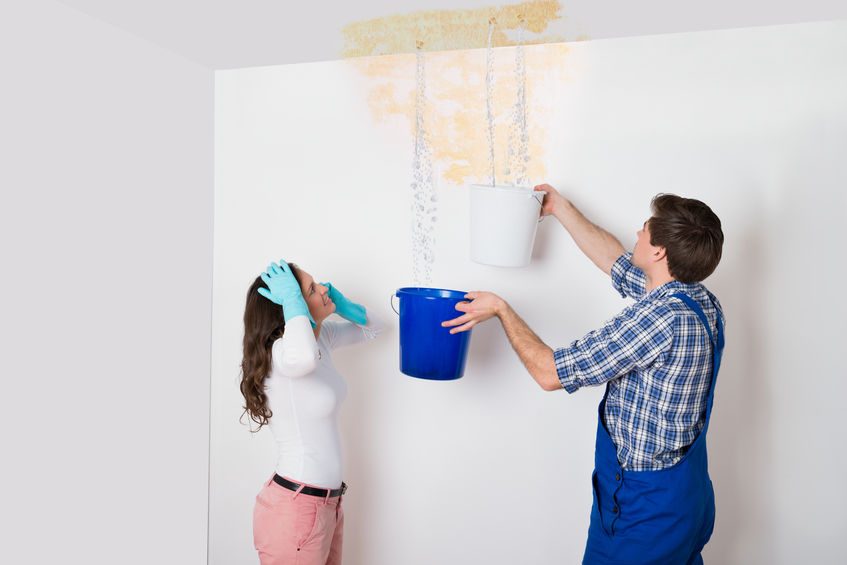If water damage is not managed quickly and properly, it can cause structural damage, mold growth, and substantial financial losses to properties. While cleaning up after water damage can be a daunting task, it’s crucial to avoid certain mistakes that could exacerbate the situation or compromise the effectiveness of the restoration efforts. In this article, we’ll discuss some common mistakes to avoid during water damage cleanup to ensure a successful restoration process.
Delaying Cleanup
Postponing cleanup operations following water damage is a common yet disastrous mistake made by homeowners. The structural damage and mold development that can result from standing water seeping into walls, floors, and furniture is real. The damage can be mitigated and future problems can be prevented with prompt action.
Incomplete Water Extraction
If water is still visible after mopping, it might not be enough to dry up the area. Failing to thoroughly extract water from carpets, padding, and subflooring can result in lingering moisture, leading to mold and mildew growth. Professional-grade extraction equipment should be used to ensure thorough water removal.
Ignoring Safety Precautions
Water damage cleanup can pose various safety hazards, including electrical hazards, slippery surfaces, and exposure to contaminated water. It’s crucial to prioritize safety by wearing protective gear such as gloves, boots, and masks, and turning off electricity to affected areas before beginning cleanup efforts.
Neglecting To Document The Damage
For insurance purposes and to make sure that all impacted areas are adequately restored, it is vital to document the extent of the water damage. Take pictures of the damage before and during cleanup to provide evidence for insurance claims and to watch the progress of the restoration efforts.
Overlooking Hidden Damage
Water damage isn’t always immediately visible, and overlooking hidden damage can lead to long-term problems. Inspect walls, ceilings, and crawl spaces for signs of moisture and water damage, and address any issues promptly to prevent mold growth and structural deterioration.
Using Incorrect Cleaning Methods
When it comes to water damage cleanup, different materials call for different approaches to ensure no additional harm is done. When cleaning fragile surfaces, it’s best to avoid using harsh chemicals or abrasive processes. For the purpose of cleaning each material properly, it is best to seek the advice of experts or refer to the manufacturer’s instructions.
Failing To Properly Dry The Affected Areas
To avoid structural damage and mold growth, proper drying is crucial. Failing to adequately dry affected areas can result in lingering moisture, leading to mold growth and unpleasant odors. Use dehumidifiers, fans, and specialized drying equipment to ensure thorough drying of all surfaces and materials.
Skipping Professional Assistance
While some minor water damage cleanup tasks can be tackled by homeowners, significant water damage requires professional expertise and equipment. Attempting to handle complex water damage restoration projects without professional assistance can lead to incomplete cleanup, inadequate drying, and further damage to the property. It’s essential to enlist the help of experienced water damage restoration services to ensure thorough and effective cleanup and restoration efforts.
Not Addressing The Source Of The Water Damage
Simply cleaning up the visible water damage without addressing the underlying cause is a common mistake. Whether it’s a burst pipe, roof leak, or flooding, identifying and addressing the source of the water damage is crucial to prevent recurrence.
Underestimating The Importance Of Mold Prevention
Within one to two days of water damage, mold can start to form, which is very dangerous for both people’s health and the condition of the property. Implementing mold prevention strategies during cleanup, such as thorough drying, proper ventilation, and applying antimicrobial treatments, is essential to safeguarding your home’s indoor air quality and structural integrity.
Dana Killion on “Where The Shadows Dance” Exclusive Interview(Opens in a new browser tab)
Conclusion
Avoiding these common mistakes is essential for successful water damage cleanup and restoration. By acting promptly, prioritizing safety, thoroughly documenting the damage, using appropriate cleaning methods, and seeking professional assistance when needed, homeowners can mitigate the effects of water damage and restore their homes to pre-loss condition effectively. Remember, when in doubt, it’s always best to consult with water damage restoration professionals to ensure thorough and effective cleanup and restoration efforts.
